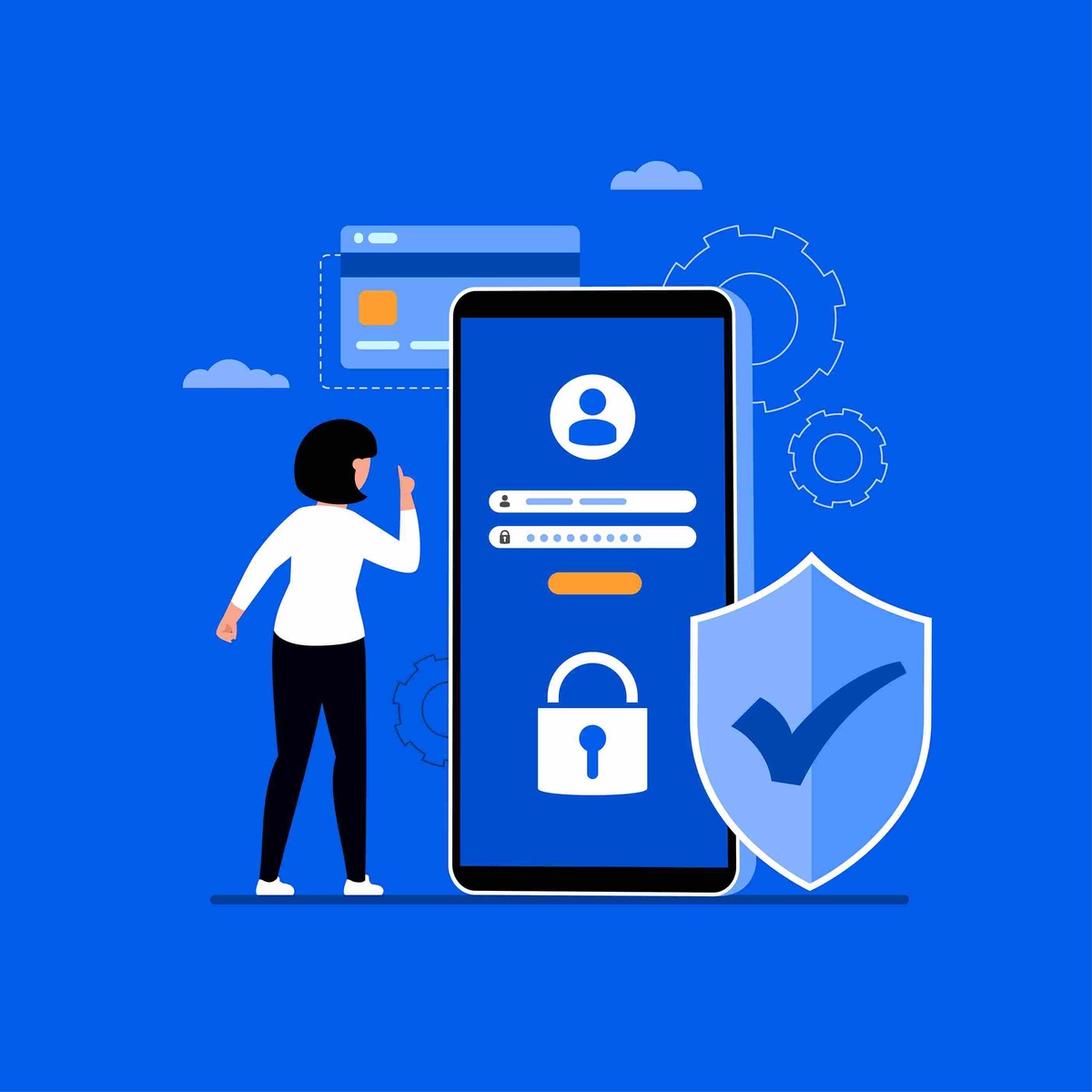Single sign on (SSO) is a technology that allows users to access multiple applications simultaneously. This means you can use one login to access all of your online accounts, such as email and social media. In the past few years, SSO has become an increasingly important part of enterprise security. You may have heard about SSO before but don't know what it is or how it works – hopefully this article will clear up some confusion!
What is SSO?
SSO (single sign-on) is a technology that allows users to access multiple applications with a single set of credentials. It's used to manage authentication and authorization for users, but it's not the same as multi-factor authentication (MFA).
SSO can be implemented in any business environment that uses different applications, such as an enterprise resource planning (ERP) system, HR software and online banking sites.
The Benefits of SSO
- SSO reduces the number of passwords you need to remember: One of the most important benefits of SSO is that it can help you reduce your risk of being hacked or compromised by reducing the number of passwords you need to remember.
- It allows multiple applications: With single sign on (SSO), users are able to access multiple applications within one application. This means that instead of logging in with each individual application separately, they only need one username and password for all their accounts at once.
- It improves security by reducing the number of passwords needed: The fewer numbers there are used for logging in, the less likely someone will try hacking into them so long as they don't have access to a person's password data itself which would be very hard indeed given how complex it may be these days!
Types of Single Sign-on
Single sign on is a technology that allows users to access multiple applications, websites or services with one username and password. It's often used for mobile devices, but it can also be applied to SaaS applications and cloud services.
In addition to SaaS applications, single sign-on can be used in social media accounts (Facebook and Twitter) as well as enterprise applications.
The IoT is another emerging area of SMO where companies need to ensure they have a robust authentication system in place so their data isn't compromised by those who wish them harm.
How Does SSO Work?
SSO is a way to securely access multiple applications. When you log into your bank account, for example, the SSO system will automatically recognize that your credentials are valid and let you access all of the other services associated with that account.
SSO is based on shared identities: it's based on something like a username or password (or both) that can be used by different applications. In some cases, this shared identity may come from an email address—for example if you want to use Gmail as one login portal for all of your online accounts but also want to keep track of things like credit card information separately from social media profiles on Facebook or Twitter. That way if someone steals their own credit card number they won't be able to access any other accounts using it too!
How To Implement SSO for Your Company
SSO is a simple and effective way to keep your users secure, while reducing the potential for unauthorized access. It can be implemented in a variety of ways depending on the needs of your business.
With SSO, all users will be able to access applications using their own personal accounts and passwords. This means that each user has control over their own data, which makes it easier for an employee who wants access to something confidential from another employee (or anyone else) without having to share any information about themself or what they're doing.
Additionally, SSO also offers protection against phishing attacks by ensuring that only authorized users can log into systems through an authenticated connection between two endpoints—in this case one endpoint would be a server application running on one computer connected directly with another via port 443 (HTTPS) while another endpoint would be located remotely at another location.
FAQs
Single sign on (SSO) is a feature that allows you to access multiple services from one login. It's like having a username and password for every site you visit, but without having to remember each one.
Single sign-on has been around for years, but it's still not widely used by consumers. That said, more and more companies are embracing SSO as part of their overall security strategy—and for good reason! If you want your users to have the most secure experience possible when accessing web applications and services, then single sign-on will make sure that happens.
Single sign on is playing an increasingly important role in enterprise security
Single sign on is playing an increasingly important role in enterprise security. It's a way to make it easier for employees to access the applications and services they need, while also helping improve overall security by reducing the number of passwords employees have to remember.
SSO can help you reduce costs by allowing users to log into their accounts using a single username and password, rather than multiple ones (e-mail address, mobile number or website). This means that your company doesn't have to pay for new passwords every time someone wants access their software or network resources—it's all handled automatically through one secure channel
Conclusion
Single sign-on is an ideal solution for businesses that want to make the most of their digital identities, but still need to be able to protect themselves from identity theft. It’s also becoming more popular because it’s easier than ever before—now, you can set up and manage SSO on your own.


No comments yet